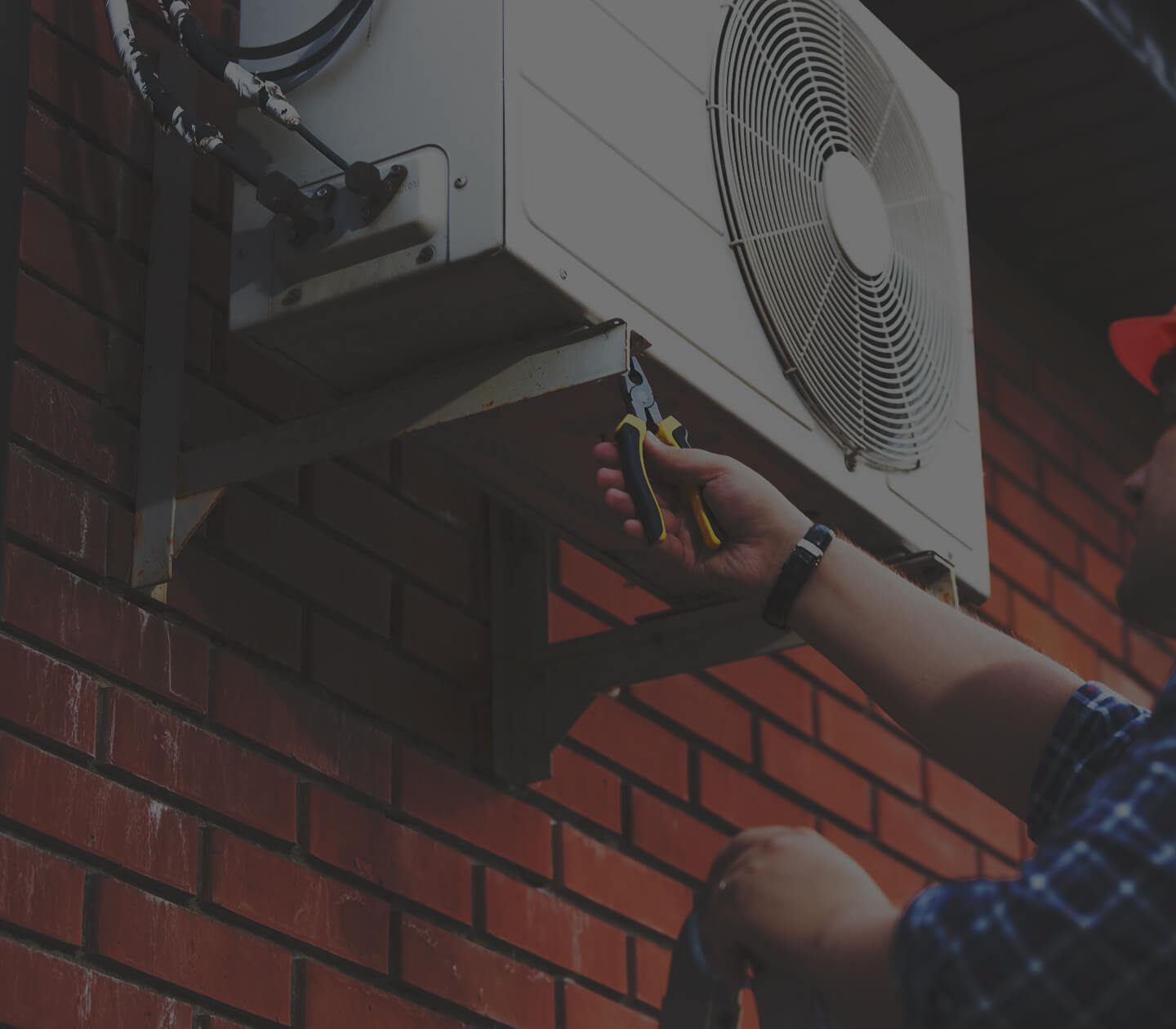When it comes to staying comfortable in your Austin home without breaking the bank on energy bills, your thermostat is your best friend. But with Austin’s unique climate of scorching summers and unpredictable winters, finding that sweet spot between cozy and cost-effective can be tricky.
Don’t worry, we’ve got you covered! Here’s a quick guide to recommended thermostat settings, followed by a deep dive into optimizing those settings for maximum comfort and energy savings:

Quick Thermostat Recommendations for Austin:
Summer:
- Daytime (at home): 72°F-78°F
- Nighttime: 72°F+
- Away: 78°F-85°F
Winter:
- Daytime (at home): 68°F-72°F
- Nighttime: 60°F-67°F
- Away: 62°F-66°F
Now, let’s explore the factors that influence these recommendations and how you can fine-tune them to suit your lifestyle and preferences.
Daytime Comfort: The Best Thermostat Setting
During the day, when you’re most active at home, finding a comfortable temperature is key. But what’s “comfortable” can vary depending on personal preferences, how your home is insulated, and even the humidity level.
-
- Personal Preferences and Insulation: If you tend to feel warm easily, you might prefer a lower setting. Well-insulated homes can also maintain comfortable temperatures with less energy.
- Humidity’s Impact: Austin’s humidity can make temperatures feel warmer than they actually are. Consider using a dehumidifier or adjusting your thermostat accordingly.
- Maximizing Comfort: Weatherstripping: Seal air leaks around windows and doors to prevent drafts and maintain consistent temperatures.
- Ceiling Fans: In summer, run your ceiling fan counterclockwise to create a cooling breeze. In winter, reverse the direction to circulate warm air without creating a direct draft.
Saving Energy When You’re Away
When you’re not home, there’s no need to keep your house as cool or warm as when you’re there. This is where “setback temperatures” come in.
- Setback Temperatures: These are adjusted thermostat settings that reduce energy consumption while you’re away or asleep.
- Short-term Absences (less than a day): Adjust the thermostat by a few degrees—up in summer, down in winter.
- Long-term Absences (vacations): You can adjust the thermostat even further to save more energy.
- Programmable and Smart Thermostats: These devices automate setback temperatures, making it easy to save energy without sacrificing comfort when you’re home.
Energy Grid Considerations in Austin
Austin Energy, our local utility, is committed to increasing renewable energy sources. You can do your part by conserving energy, especially during peak demand periods in the summer.
- Peak Demand: High electricity demand can strain the grid. By using less energy during peak times, you contribute to a more stable grid and potentially avoid brownouts.
- Smart Thermostats and Energy-Saving Programs: Participating in programs like Austin Energy’s Power Partner or using smart thermostats can help you conserve energy and even earn rewards.
Optimizing Temperature for Sleep
Did you know that cooler temperatures can actually help you sleep better?
- Sleep Science: Our bodies naturally cool down at night to prepare for sleep. A slightly cooler room can aid this process and improve sleep quality.
- Nighttime Settings: Aim for a bedroom temperature between 60°F and 67°F in winter and around 72°F or slightly higher in summer.

Additional Tips for Thermostat Settings
Regular HVAC Maintenance: Ensure your system is running efficiently with regular tune-ups. This will help your thermostat maintain accurate temperatures and prevent unnecessary energy waste.
- Smart Home Integration: Some smart home systems can integrate with your thermostat to further optimize comfort and energy savings based on your habits and preferences.
- Air Filters: Regularly replace your air filters to maintain good airflow and indoor air quality.
By following these recommendations and considering the unique aspects of Austin’s climate and energy grid, you can create a comfortable and energy-efficient home year-round. Remember, finding the perfect thermostat settings is a balance between personal preferences and responsible energy use.


